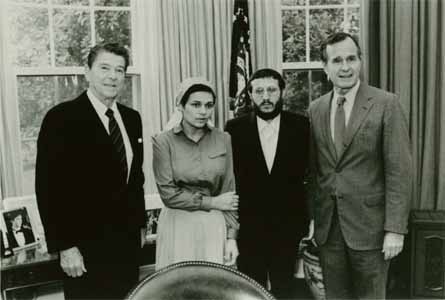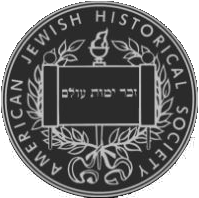On Sunday, December 6th, 1987- 250,000 people rallied in D.C. to support freedom for Soviet Jewry.
The author Jonathan Safran Foer once stated that Jews have six senses, rather than five. The sixth one is the sense of memory. The long trail of memory is what binds us to the generations, and links us to the arc of history.
Recall December 6, 1987, now written large on that same arc, as Solidarity Sunday. On a cold, blustery day more than 250,000 Jews and non-Jews gathered in Washington, the nation’s capital, to articulate their concerns about the fate of the Jewish minority in the Soviet Union. The event had been organized for the first summit meeting in America between President Ronald Reagan and the head of the Soviet Union’s ruling Communist Party, Mikhail Sergeevich Gorbachev.
Solidarity Sunday was a symbol of the strong bond that had been forged over the years between the American Jewish Community and the Jewish minority in the Soviet Union. It was crafted to focus public opinion on the abusive and arbitrary treatment of Soviet Jews. For Soviet Jewish activists and refuseniks the only possible remedy to their plight seemed to be the exercising of their Right to Leave for Israel, an exit virtually shuttered tight by the Soviet government despite its place in the canon of international agreements.
Following a centuries old tradition of popular anti-Semitism, often fomented by the powerful Russian Orthodox Church, Jews were not always welcome among the Russian or Ukrainian masses. Living within the shadow of the Holocaust, the Jewish world now dreaded the possibility of losing another 25% of its people through state sponsored discrimination.
Moscow’s discriminatory practices against its Jewish population, estimated at about 3 million, had become increasingly blatant. The study of Hebrew was forbidden. The training of rabbis was non-existent. The Yiddish theater was closed. Those Jews who applied to go to Israel, where they could join family and/or live as Jews, were harassed by the authorities. Thousands became refuseniks and continued to agitate for Aliyah to Israel, despite facing arrests. This would inevitably lead to being sentenced to internal exile in Siberia, incarceration in prison, or to labor camps.
From its beginnings in the 1960s public and private efforts in this country, as well as in other countries in the West, were designed to mobilize public policy makers to engage with Soviet authorities. The pursuit of an effective strategy to help Soviet Jews included local and national demonstrations and targeting the media. After all, officials in Moscow, as well as government officials in Washington read newspapers, the major source of information.
In the long trail of protests, the summit meeting between the Soviet Union and America, provided a rare opportunity for the Jewish community and its allies to focus world attention. Personal and organization differences were put aside. The result is that mobilizing local and national groups, on a scale never achieved by American Jews, not even for Israel’s security, was successfully undertaken. Ronald Reagan was able to convey the Jewish community’s concerns for the future of Soviet Jews to Mikhail Gorbachev.

The thousands of people who gathered on the Washington Mall on Solidarity Sunday were unaware that they were also marking the close of a chapter in the arc of Jewish historical memory. The Soviet Union soon imploded, reflecting a faltering economy, unrest in neighboring satellite countries, and leadership upheavals at the top.
Demonstrations in the West were halted and in the ensuing years Soviet Jews were permitted to leave. An estimated 1.8 to 2 million arrived in Israel, America and elsewhere.
Several decades have passed and the Soviet Jewry Movement became a chapter in history. It had achieved its goals. The movement should now be remembered by parents and grandparents who can pass on their experiences to the next generation, while Solidarity Sunday should become part of the calendar of Jewish history. Fortunately, we have the tools to do this by drawing upon the Archive of the American Soviet Jewry Movement at the American Jewish Historical Society. The wealth of material assembled is a vast and striking collection of documents, posters, photographs, and memorabilia from activists, organizations, community groups and official sources.
Elie Wiesel, z”l, once declared that in the end, “(we have) no right to deprive future generations of a past that belongs to our collective memory.” May his words remain a standard for all of us.
Jerry Goodman is the founding Executive Director of the National Conference on Soviet Jewry and founder of the Archive of the American Soviet Jewry Movement at the American Jewish Historical Society.

